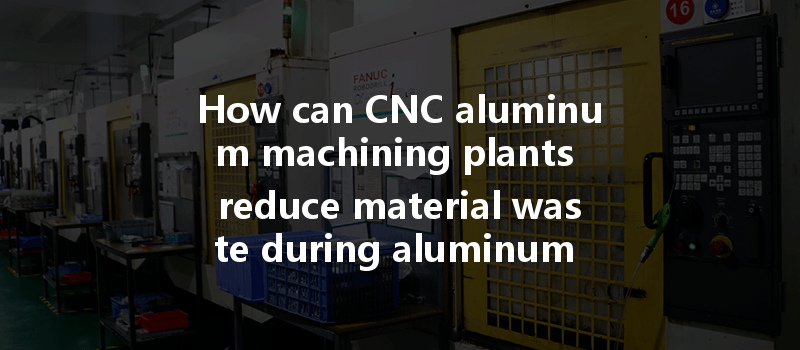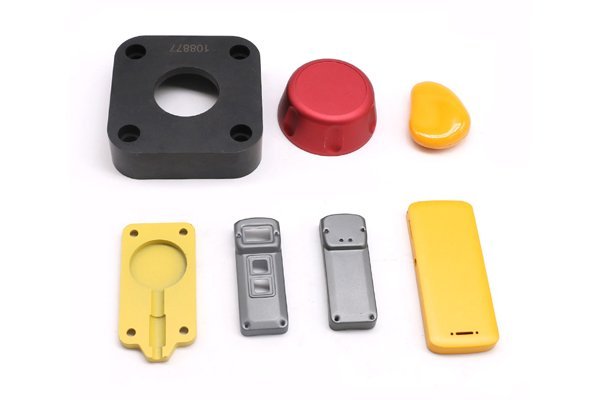Did you know that approximately 20-30% of material is wasted during traditional machining processes? As industries increasingly focus on sustainability and efficiency, the pressure is mounting on CNC aluminum machining plants to minimize this waste. But how can these facilities not only reduce waste but also enhance productivity? This blog will delve into practical strategies tailored to CNC aluminum machining plants, providing a comprehensive guide on how to achieve less material waste while simultaneously improving operational efficiency.
Understanding the Importance of Reducing Material Waste
Before we delve into the solutions, understanding why reducing material waste is critical is essential. Material waste not only contributes to escalating production costs, but it also raises environmental concerns. Aluminum machining has gained traction across various industries such as automotive, aerospace, and consumer electronics. Thus, the CNC aluminum machining sector must adopt innovative strategies for waste reduction to keep up with both economic and ecological demands.
Factors Contributing to Material Waste in CNC Aluminum Machining
To understand how to mitigate material waste, one must first recognize the sources of this waste. Here are some prominent factors:
Understanding these factors allows us to target specific areas for improvement effectively.
Strategies to Reduce Material Waste
Now, let’s look at some practical strategies CNC aluminum machining plants can implement to reduce material waste. Each strategy is aimed at addressing one or more of the contributing factors outlined above.
Solution: Software tools are available today that allow operators to simulate machining processes before executing them. By optimizing tool paths for specific operations, it is possible to minimize unnecessary movements and reduce waste.
Detailed Approach:
Expected Outcome: An optimized tool path can lead to reduced machining time and minimal scrap material.
Solution: The importance of accurate fixturing cannot be overstated. Investing in high-quality, customized fixtures ensures parts are secure and precisely positioned during machining.
Detailed Approach:
Expected Outcome: Improved accuracy in part positioning leads to less wasted material due to incorrect cuts.
Solution: Implementing a system for monitoring cutting parameters in real time can help avoid excessive material removal.
Detailed Approach:

Expected Outcome: Fine-tuning cutting parameters will result in cleaner cuts and less material burnt or wasted.
Solution: Choosing high-precision, specialty cutting tools designed for machining aluminum can greatly reduce wear and improve efficiency.
Detailed Approach:
Expected Outcome: Enhanced precision during machining prevents unnecessary material removal, ultimately saving costs.
Solution: Training operators on best practices in CNC machining can significantly reduce human error, leading to less waste.
Detailed Approach:
Expected Outcome: Well-trained operators make fewer errors, leading to reduced material waste and improved production efficiency.
Solution: Implementing simulation software can provide a virtual environment to test and optimize machining processes before any actual machining takes place.
Detailed Approach:
Expected Outcome: Simulation reduces the need for physical prototypes, which can lead to substantial material savings.
Solution: Establishing recycling protocols can ensure that any waste material generated is not lost completely.
Detailed Approach:
Expected Outcome: By recycling aluminum, plants can minimize waste and leverage the reduced need for raw materials.
: A Sustainable Future through Waste Reduction in CNC Aluminum Machining
Reducing material waste in CNC aluminum machining is not merely an operational improvement; it forms the very foundation of sustainable manufacturing. By implementing these strategies—optimizing tool paths, investing in quality fixtures and cutting tools, monitoring parameters, improving operator training, utilizing virtual simulations, and recycling scrap—CNC machining plants can significantly lessen their environmental footprint while improving profitability.
Why This Matters
As industries evolve, the push for greener practices becomes ever more critical. The strategies outlined herein provide a roadmap for CNC aluminum machining plants to thrive in a competitive landscape. Implementing these solutions not only drives operational efficiencies and reduces costs but also enhances corporate responsibility. Let us aim for a future where machining not only meets industrial demands but does so with minimal waste and maximum sustainability.
By reflecting on these strategies, you can play an influential role in shaping a more efficient and sustainable operational environment. The time to act is now—are you ready to transform your CNC aluminum machining practices?






